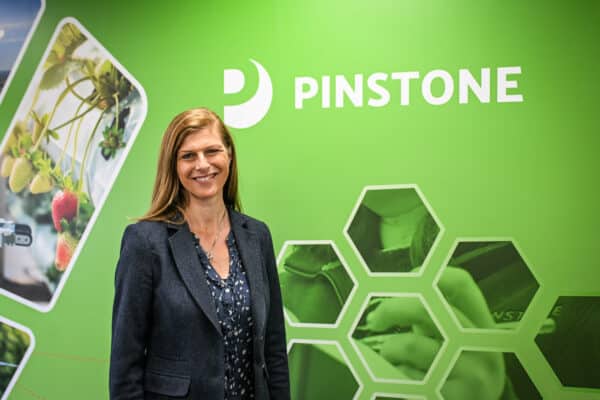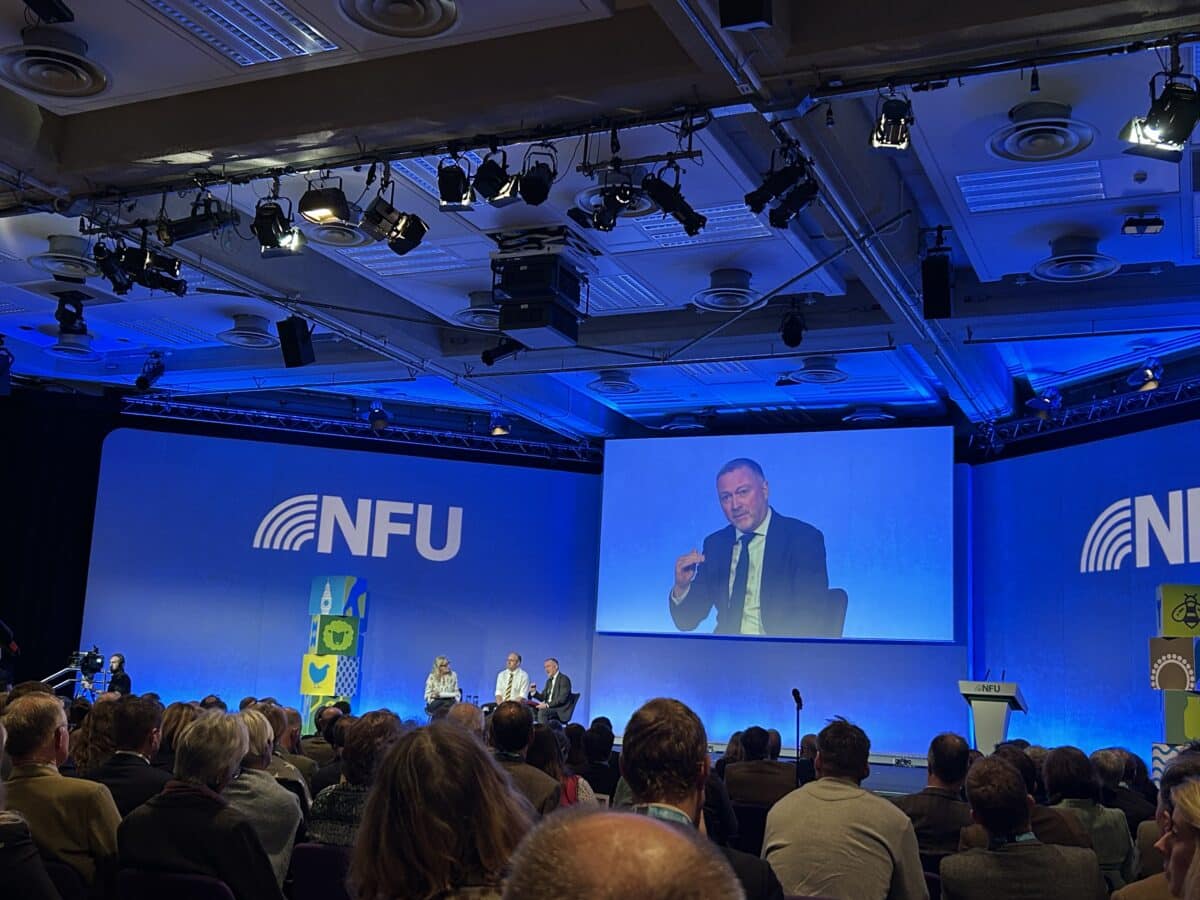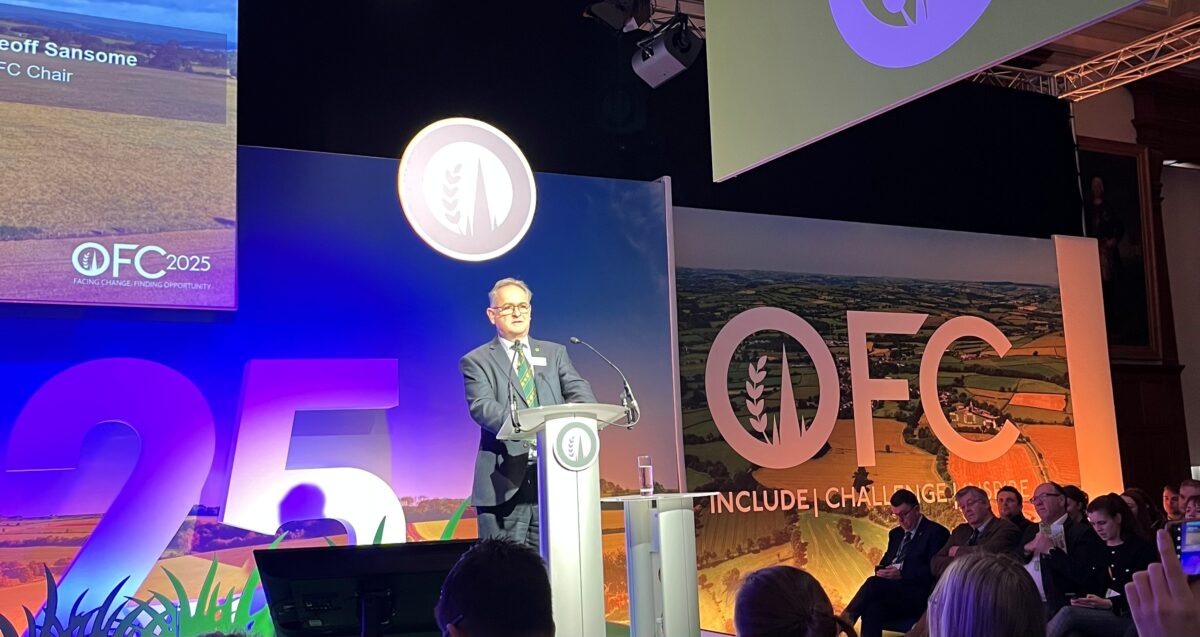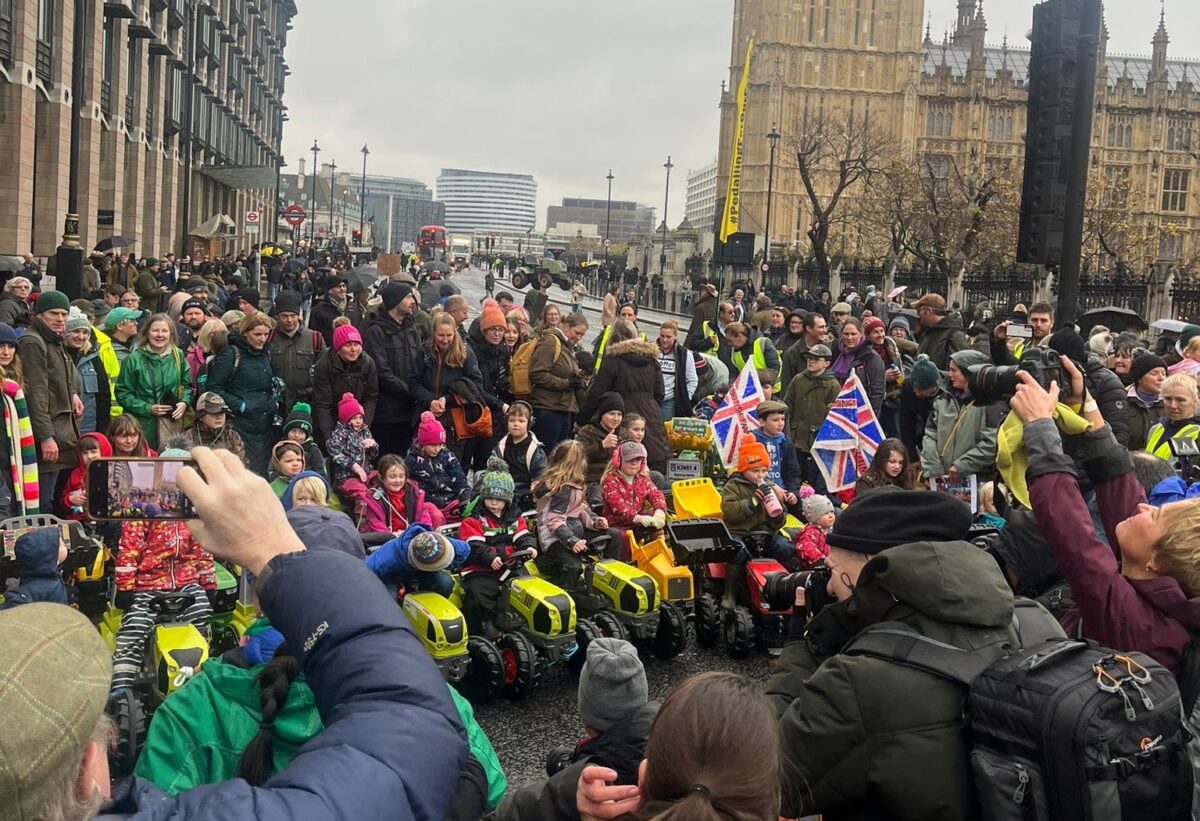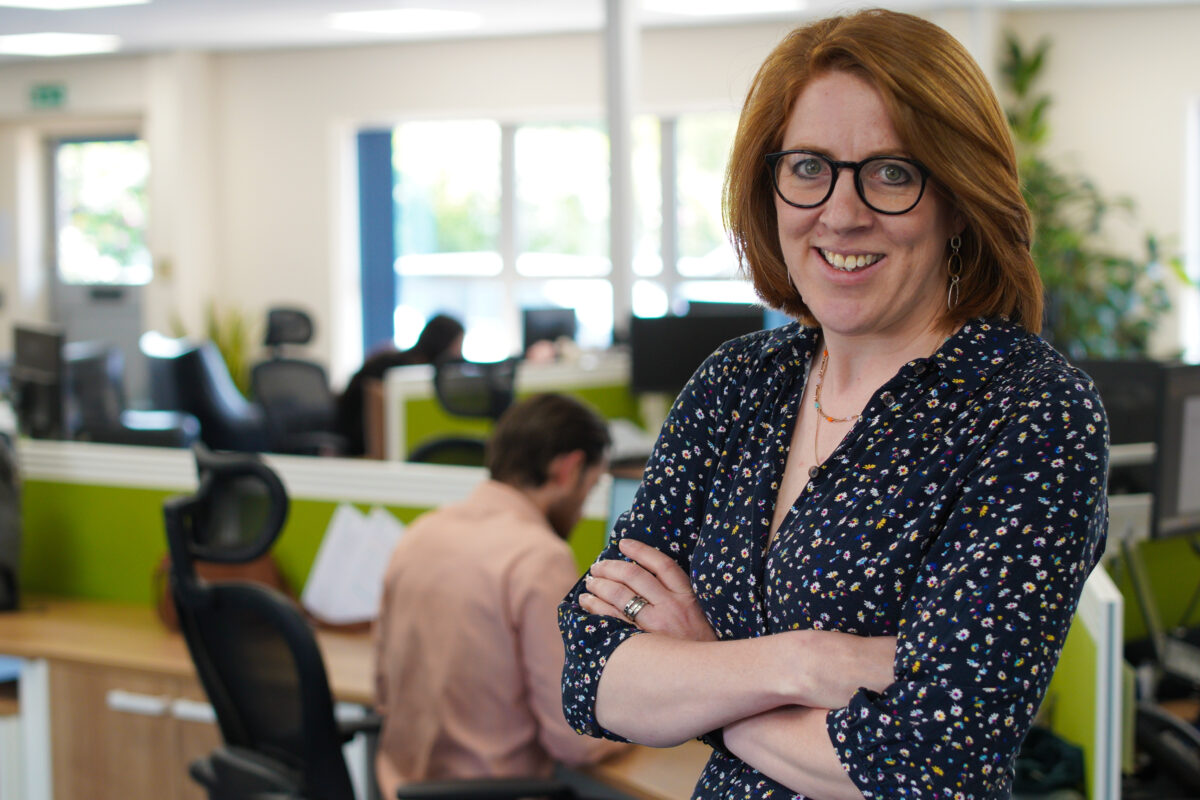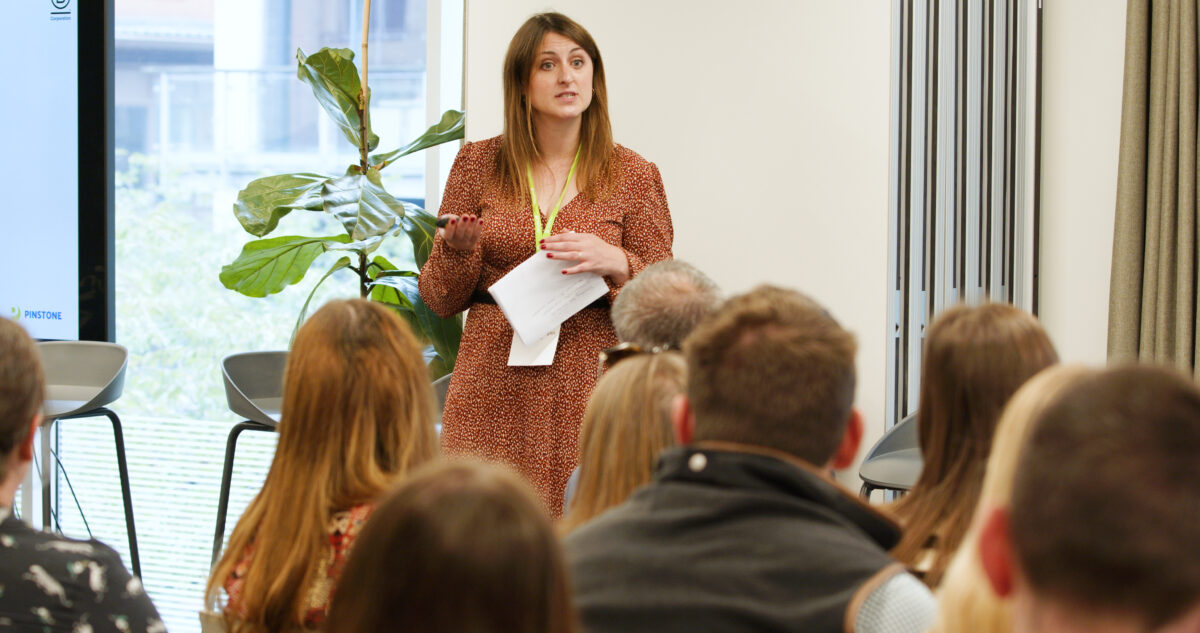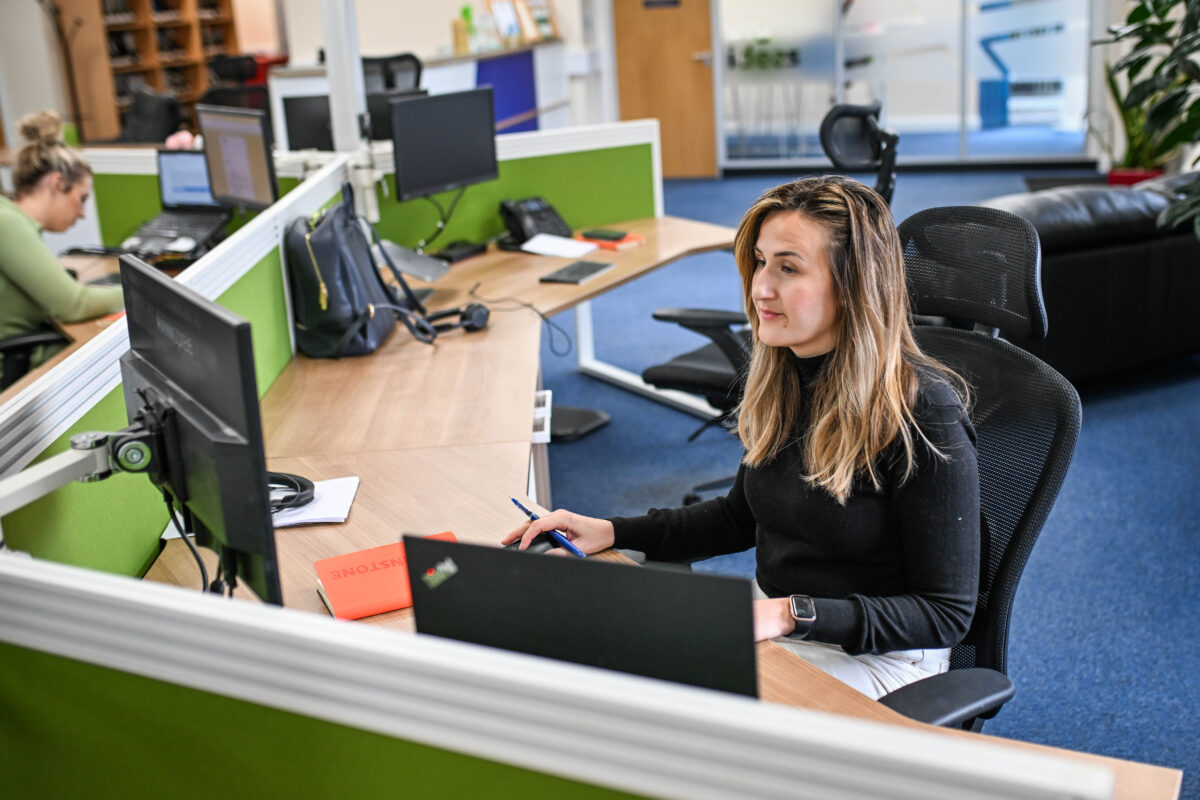Despite 400,000 people living with Type 1 diabetes in the UK, many still know little about this chronic condition. Diabetes Week, run by Diabetes UK from 14-20 June, aims to change that. This year’s theme ‘diabetes stories’ offers a chance to share how telling my story as a Type 1 diabetic and healthcare brand ambassador raises awareness, engages others and advances my communications expertise.
My diagnosis story
My diabetes story began in autumn 2008 when I was diagnosed as a teen. I had developed the classic four T’s of Type 1: extreme thirst, frequent toilet trips, tiredness and becoming thinner. I remember struggling to run around a field of sheep on our Shropshire family farm, which had never been a problem before. After a quick GP referral, I went to the hospital and my carefree life dramatically changed.
Thirteen years later, I’ve had tens of thousands of insulin injections and finger pricks to check my blood glucose. I’ve learned to accept the daily challenge of diabetes. As my confidence in managing my condition has grown, so has my passion for raising awareness. It’s no surprise I’ve carved a career in PR and communications.
In 2020, Abbott’s Freestyle Libre transformed my life. This coin-size sensor monitors my glucose levels through my arm, eliminating relentless finger pricks. Admiring the brand’s technology and ethos, I approached Abbot about sponsoring a One Million Step Challenge for Diabetes UK. After a positive conversation with one of Abbott’s UK marketing managers, who found farming life fascinating, I signed up to become a brand ambassador.
Using communications as a Brand Ambassador
In this role, I share my positive experience with the Libre, empathising with and encouraging others to try something new. I’ve honed my blog-writing skills, creating content for Abbott’s global website, showing how the sensor simplifies glucose management in the office and on the farm. It’s gratifying to hear that Abbott’s social media ads linking to my blogs have a click-through rate four times the average.
I’ve also told my story on the Freestyle podcast series, local BBC radio and in a Guardian newspaper supplement. This fresh perspective on interviews has provided many journalistic techniques to add to my Pinstone toolbox.
Written by Laura Yates
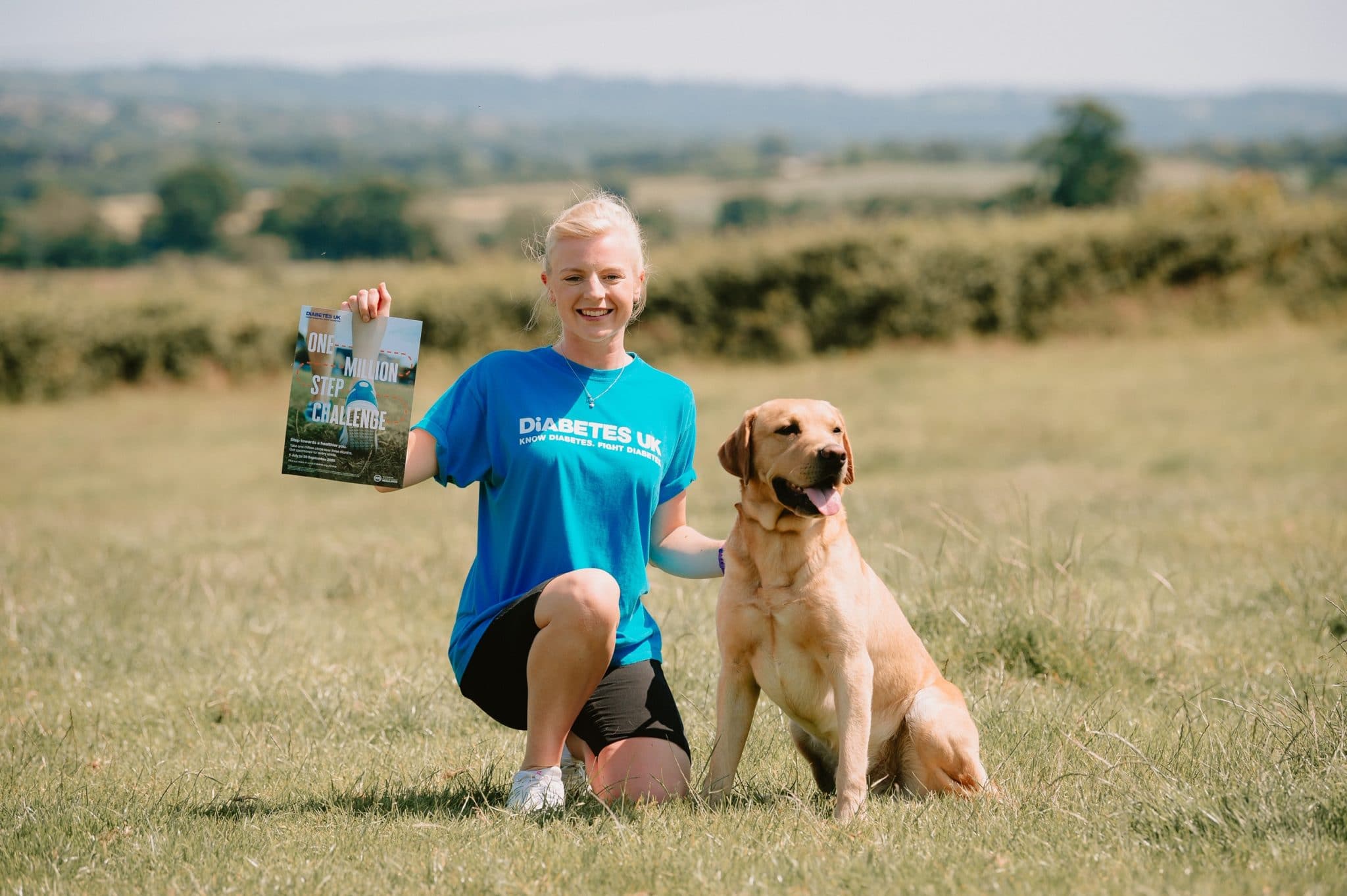

The Power of Social Media
In my opinion, social media is the most powerful platform. On my Instagram page @farminglifeoflaura, I’ve gained over 1,800 followers in a year by sharing how type 1 diabetes fits into daily life on the farm. I’ve discovered a fantastic community of like-minded individuals from across the UK and beyond. It’s a great way to find tips and tricks to put into practice.
By investing time in sharing my story, I’ve learnt so much about optimising social media content for maximum reach and engagement. I’ve experimented with various features: stories to share a snippet of ‘life in the moment’; Instagram reels to create snappy, eye-catching videos and hashtag strategies to connect with an interested audience. By focusing my hashtags on different niches, I’ve attracted people who are experts in diabetes or farming, as well as those who knew little about either, but are keen to learn!
The Rewards of Sharing My Story
It’s incredibly rewarding to receive positive messages from friends and strangers. Engagement and followers improve when analysing my social media metrics. It has allowed me to validate my ‘A/B testing’ and see what works and what doesn’t, benefiting my input on clients’ social strategies.
Sharing the reality of multiple daily injections opens people’s eyes to all that diabetes entails. It’s an invisible condition and often people are shocked because I “don’t look diabetic”. Like farming, those outside the community can be surprised at what actually goes on. Telling authentic stories helps people understand and empathise with the day-to-day reality.



